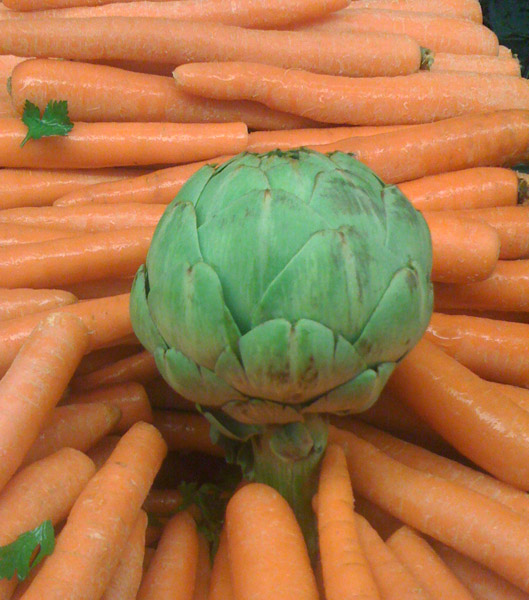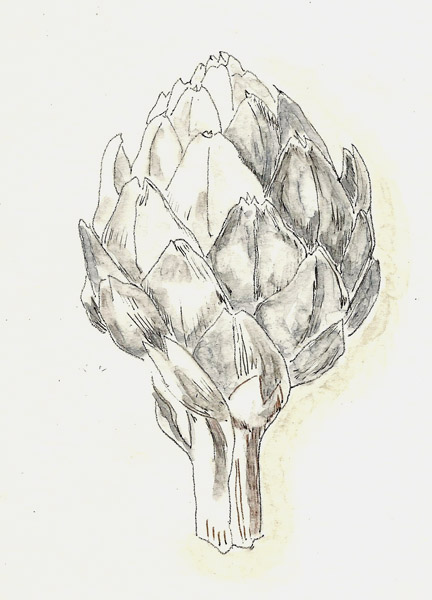This is the first of several guest posts from blog visitors who answered the question “How has photography had a positive impact on your life?” — a question I’ve been exploring in my recent series “Why Photography?”
Quinn McDonald tackled this question in the following post:
Hong Kong, in those years, was a noisy city that you would never mistake for your home town anywhere in America. The smells of lacquered duck, thick spices, the suffocating stench of Durian fruit that hung in the humid air all clashed with the raw sewage running down the gutters. I rose half a foot over the tallest person in the street, and the metallic snicking sound of my shiny new Pentax SLR loaded with 35mm slide film marked me as a tourist–and a new camera owner.
For 10 years, going on a trip meant taking the camera bag—about the size of a diaper bag and much heavier than a laptop. Loaded with lenses—the smallest was the size of a fist, the largest, the length of my forearm, I lugged camera gear through airports and train stations.
I never thought of myself as a photographer. I took photographs to help me remember the details of the art museum vernissages I produced for a large multi-national company. Was the company logo in the right place? The right color? Were the cutlines on the photos as ordered? Did the caterer use only first-rate vegetables? Photographs helped me answer details I could never have assured the client had happened otherwise.
Jobs changed, travel continued. The camera bag stayed home. Trips were so much easier, lighter, faster. That’s what I aspired to be: light and fast. I traveled 100,000 miles that year, had a housekeeper walk out when I was 3,000 miles away from my 7-year old, and in one unforgettably wrenching week, watched my dad die, my divorce come through, and my boss fire me for taking an unscheduled day of vacation to bury my father. I didn’t have time for a camera. I was trying to provide for my family.
Technology shrank the camera, and made it impossible to use. Technology and I struggled. I lost. How was I going to get along with cameras that had confusing icons? What did that half circle mean—point it at the rising sun? A waning moon? A sliced tomato? I never knew.
What I did know was that the best camera is one you know how to use well enough to take with you. And my iPhone did just that. Within 24 hours of buying my iPhone, I knew how to use every feature it came with–including the camera. It was effortless to download the images to the computer. My camera was a different tool: I could show clients writing samples and training classes.
The camera is a great visual guide: when I had to take something apart, I took photos of each step, then looked at them in reverse order to reassemble. When my car dripped mysterious fluid, I took a photo of the puddle and the source of the leak to show to the car repair shop.
I’ve watched a hummingbird egg hatch by taking photos of a nest over my head, out of reach of my eyes, but not of my iPhone. I took a photo of the sunrise to mark the last day of writing the book. I took a photo of a tree growing through a tree house, and the images became pages in my art journal.
As an artist, I use the camera to help me see an object one way, so I can draw it the way my mind sees it. This is the reverse of what most people do—they take a photo to show the world what they see through a viewfinder. The artichoke photograph (above) is round, but I wanted a pointy artichoke, and that’s what it became when I used Micron pens and Copic markers to recreate it.
The Hong Kong of many years ago vanished, replaced by an industrial center of tall buildings and massed human traffic. But the stranger filled with wonder still exists in any city of the world, there to witness change, now armed with a camera smaller than the original lens cap.
Quinn McDonald is a creativity coach who helps her clients through change and re-invention.








